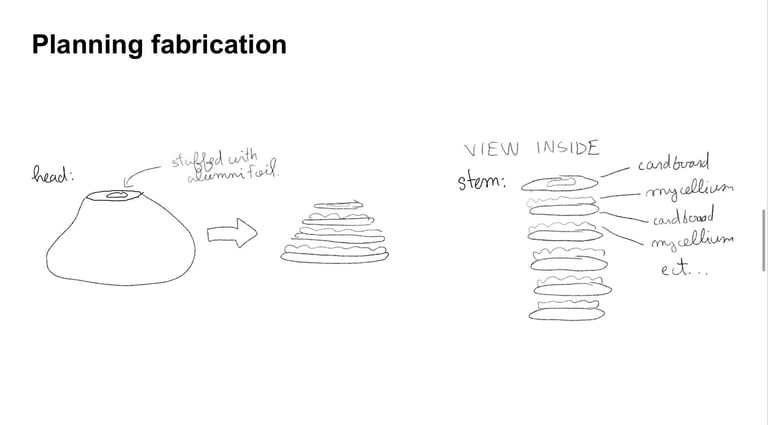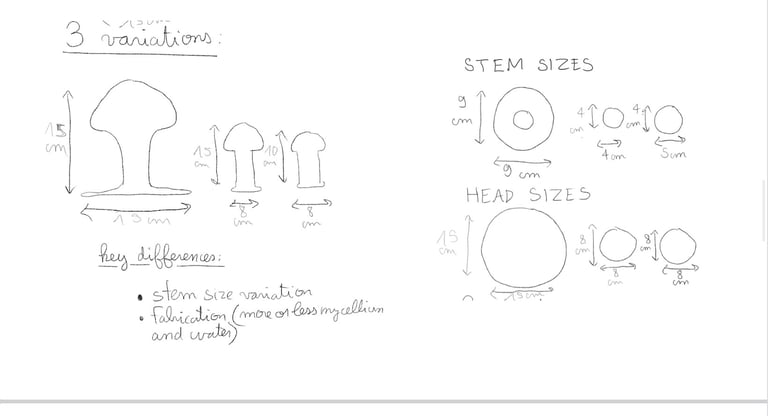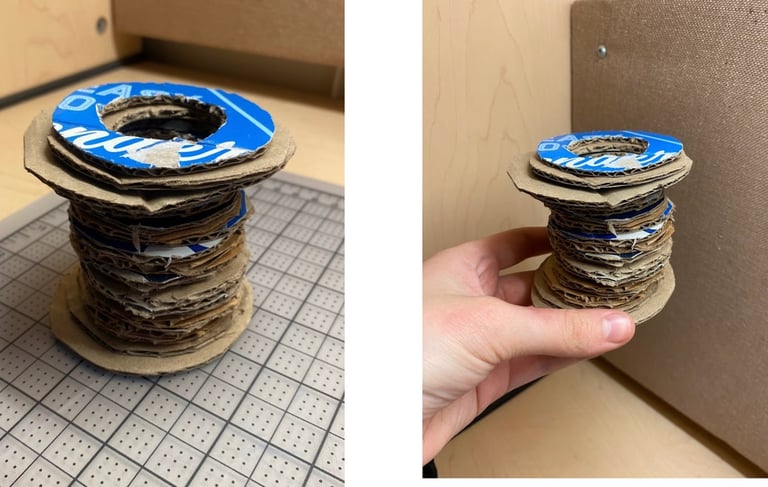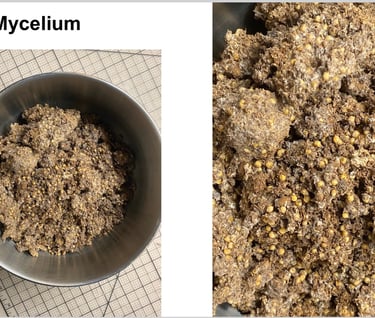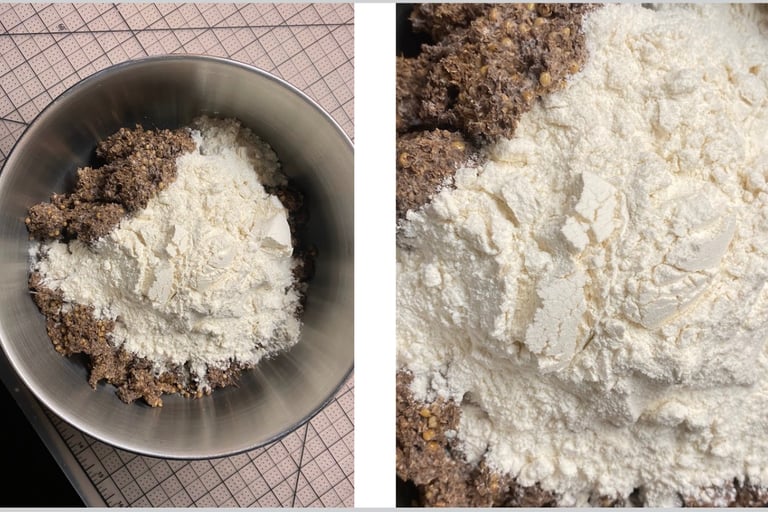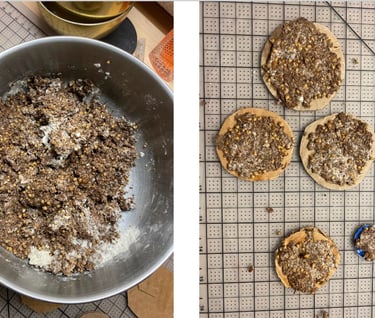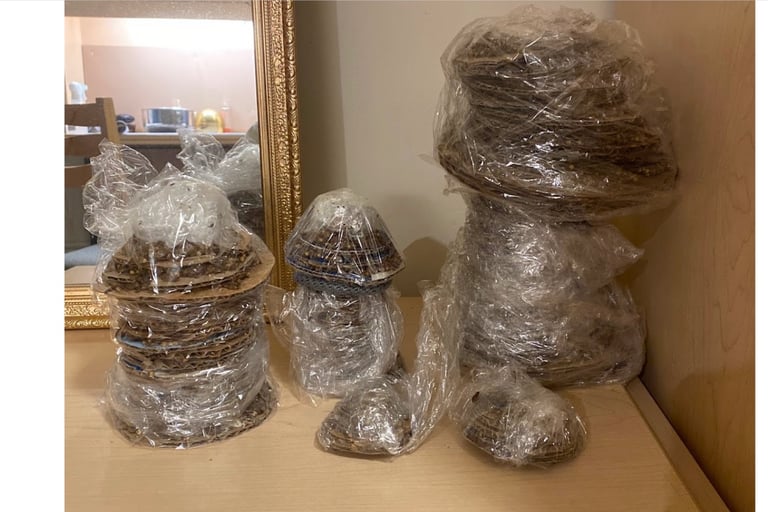How can we solve this epidemic?
I propose the use of natural degradation through plastic eating fungus.
Today, 40% of plastic waste stems from Packaging.
Utilizing the mysterious Pestalotiopsis microspora fungus as a solution to the worldwide plastic problem
9 billion tons of plastic have been produced by humans since 1950. Fewer than 9% of this amount has been recycled, while 12% has been incinerated.
79% of plastic has been accumulated in landfills or natural environments.
The most common types of plastic in waste, such as high- and low-density polyethylene (H/LDPE), polypropylene, polyvinylchloride and polyethylene terephthalate (PET), break down only very slowly: some can take centuries.
Design solution

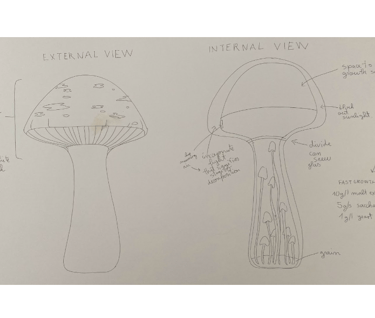
My idea is to design a product shaped like a mushroom that is hallow. Inside, I will place the pestalotiopsis fungi, and I will make a lid. This way, users can put plastic inside the mushroom which will naturally degrade with time.
The object is designed to be aesthetically pleasing, doubling as an interior design piece.
Illustrations
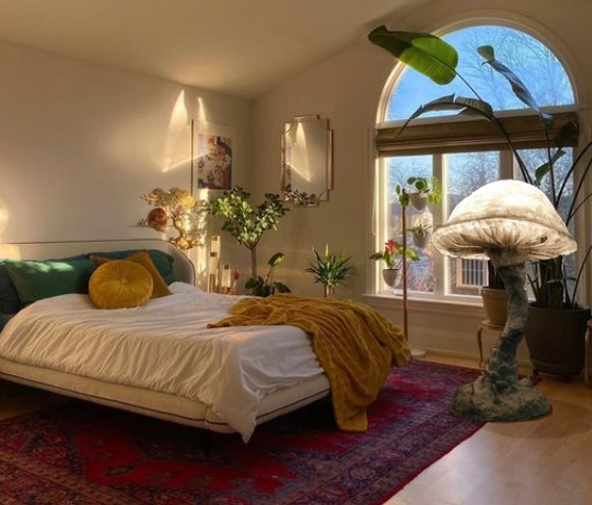


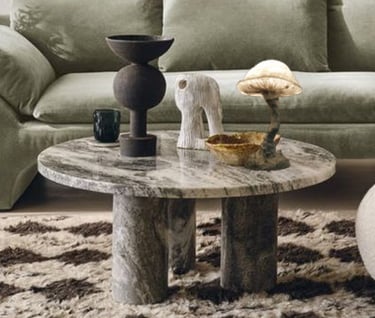
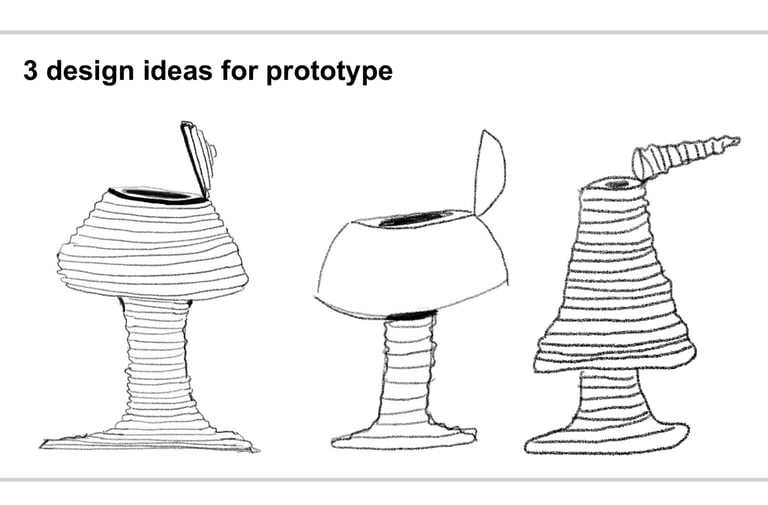


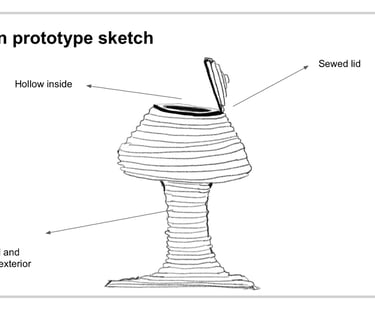
Prototype
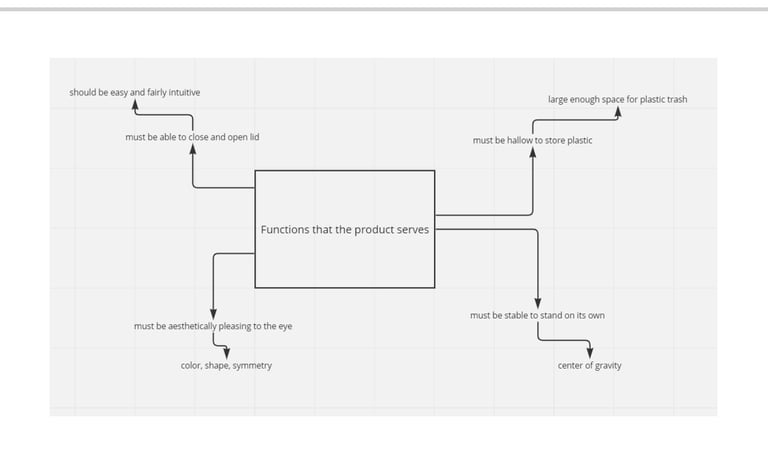

Material and measurement
internal structure made out of mycelium coated with thin metal to separate the two mushroom types. Bioplastic can also be used to reinforce this structure.
The exterior of the product made out of mushroom leather, this can be bought from several companies such as "mycoworks", or made at home.

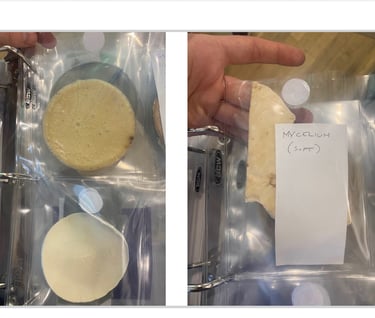
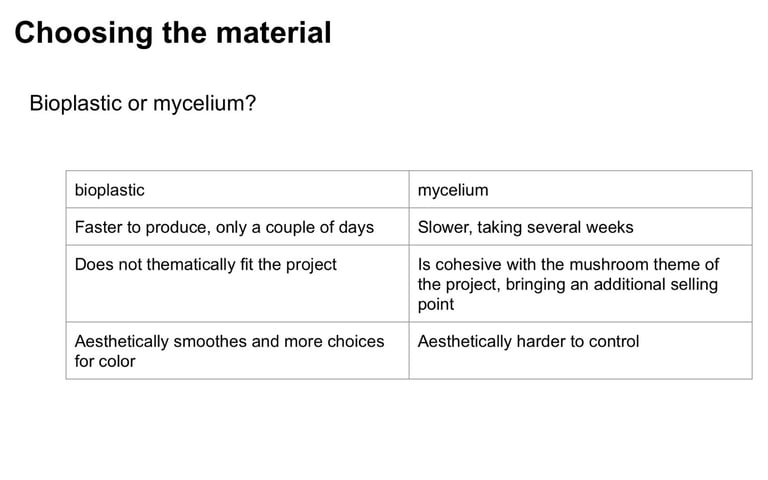


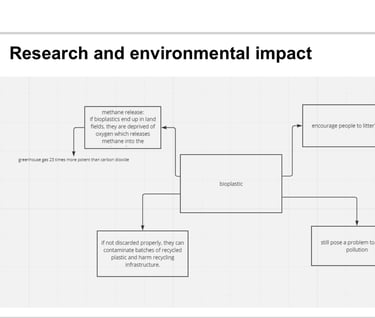
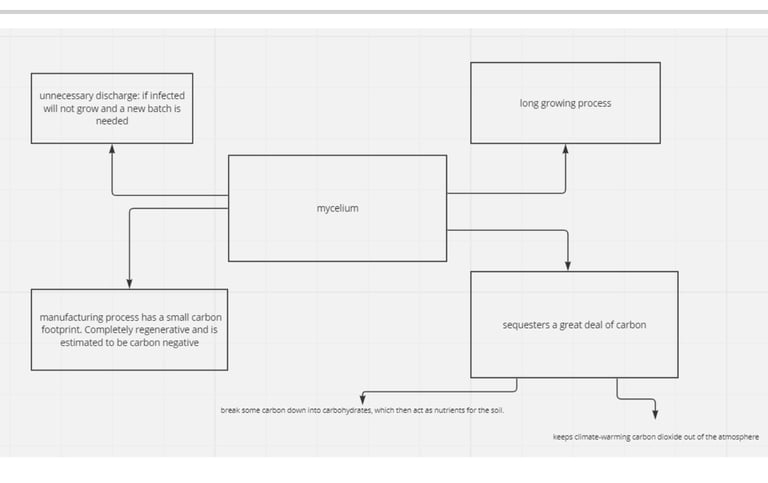


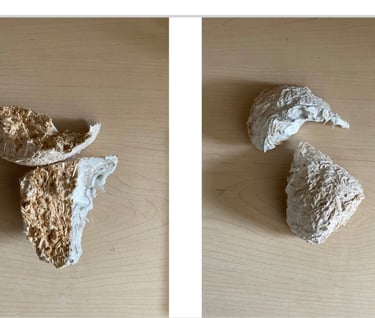

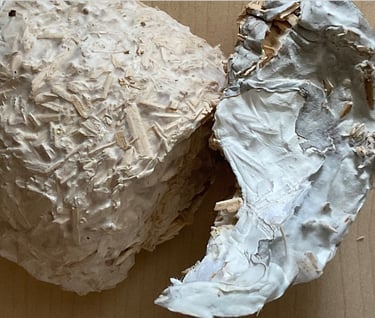

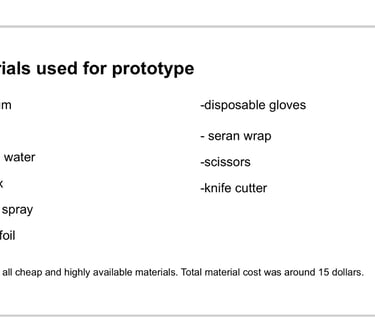
Fabrication
Production Procedure
making the cardboard mushroom shape
sterile environment, gloves and regular alcohol disinfectant
mixing flour, water and mycelium
stacking on cardboard
wrapping in seran and storing in dark environment
